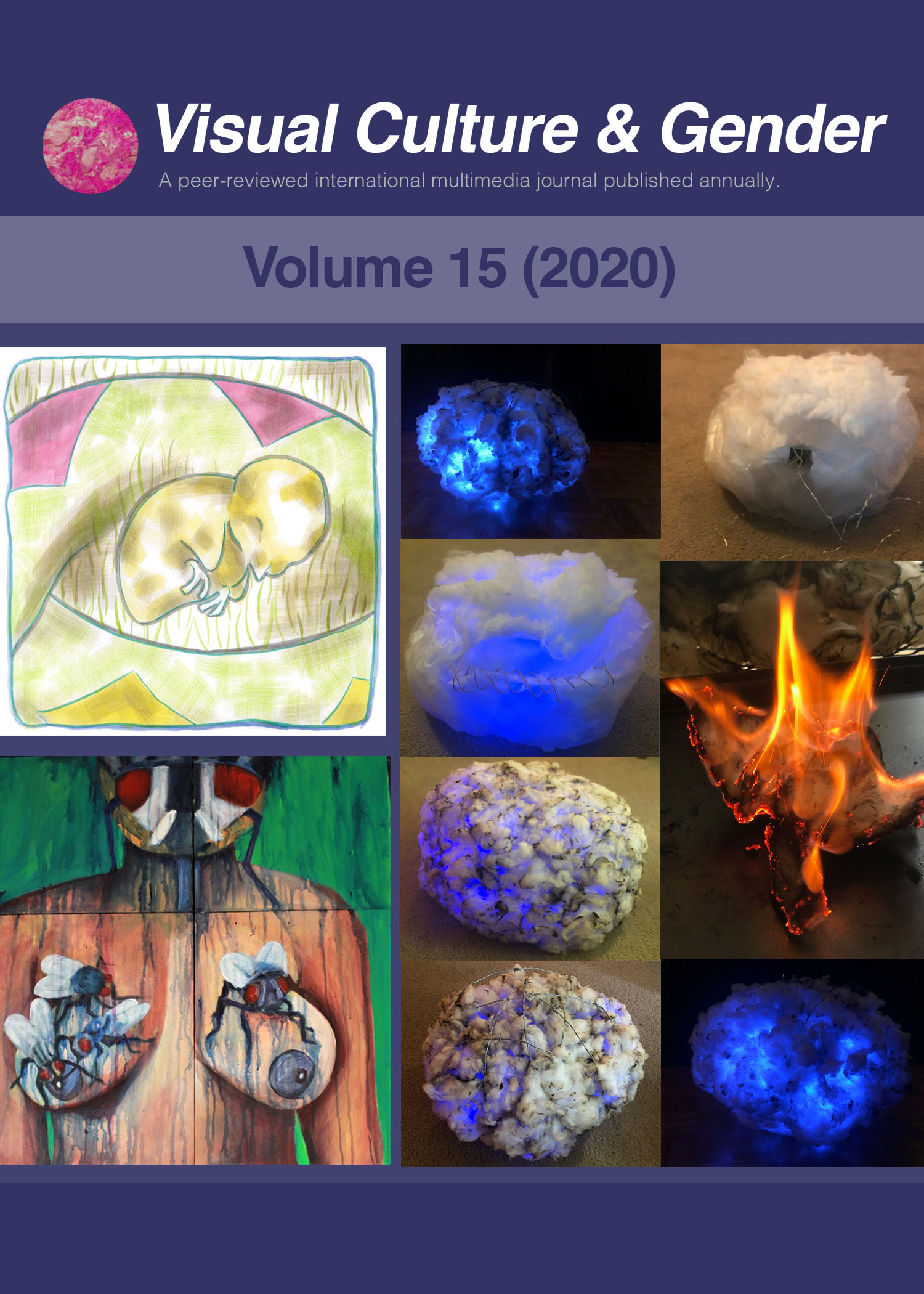The Potential of Participatory Art Pedagogy for Witnessing Sexual Trauma
Keywords:
Witnessing, trauma, art, subjectivity, transferenceAbstract
Trauma, as an area of inquiry in educational contexts, may re-traumatize students by triggering their reliving of traumatic events and traumatize listeners who may experience painful feelings in hearing about others’ trauma. On the other hand, not addressing trauma in educational settings may contribute to the perpetuation of the shame and stigma associated with trauma. In consideration of the sensitive and difficult experience of trauma, as well as the importance to not internalize shame from trauma, I propose employing feminist artist Judy Chicago’s participatory art pedagogy, supported by increased subjectivity and empathetic relationships. In this essay, I discuss Chicago’s teaching methodology enacted in higher education settings in relation to witnessing sexual trauma. Witnessing (i.e., as eyewitness, witness to other’s trauma, and co-witness to the process of witnessing) is the process through which one can feel for another and understand traumas from different perspectives. In order to explore the educational potentials of witnessing sexual trauma, I analyze two teaching events that incorporated participatory art pedagogy, one by Chicago and another by me. Specifically, I discuss Katie Grone’s creation of an art installation, titled Rape Garage, in Chicago’s teaching project At Home, and my own teaching of the art, Rape Garage, in a university Women’s Studies course.


